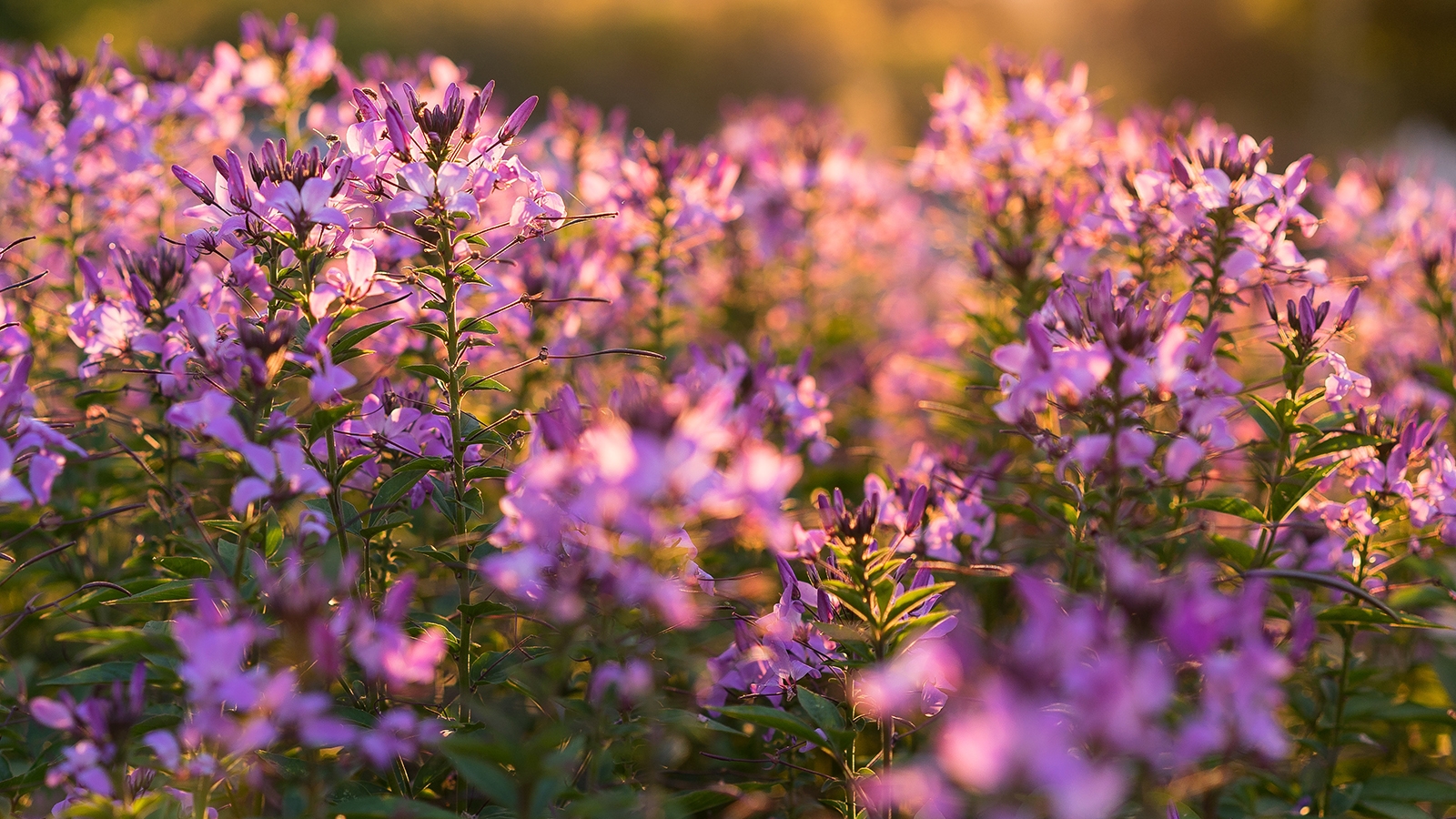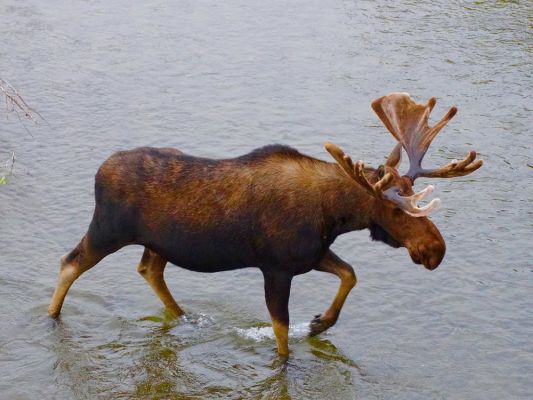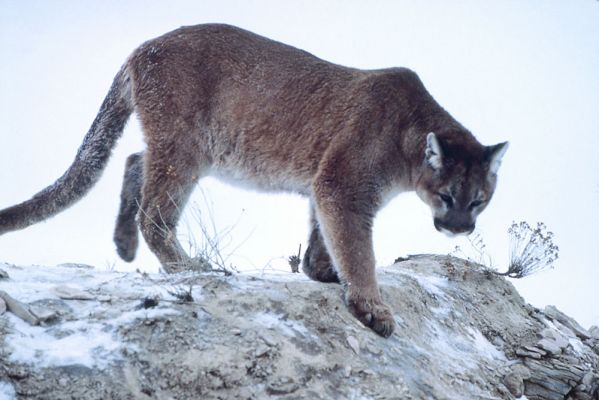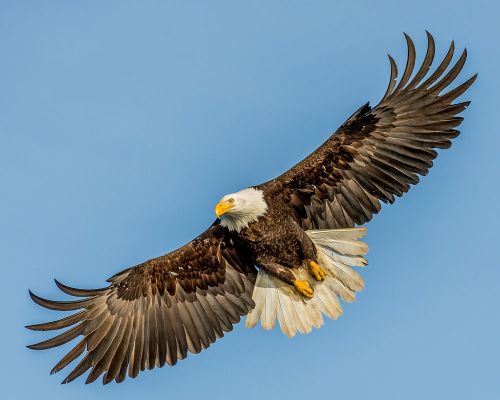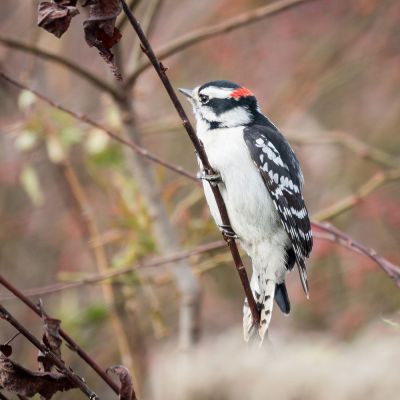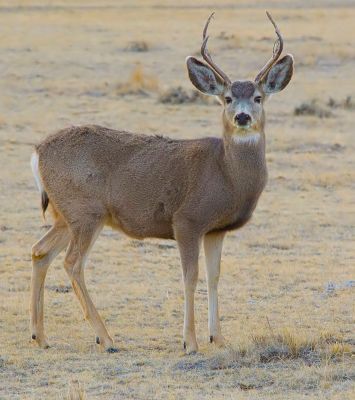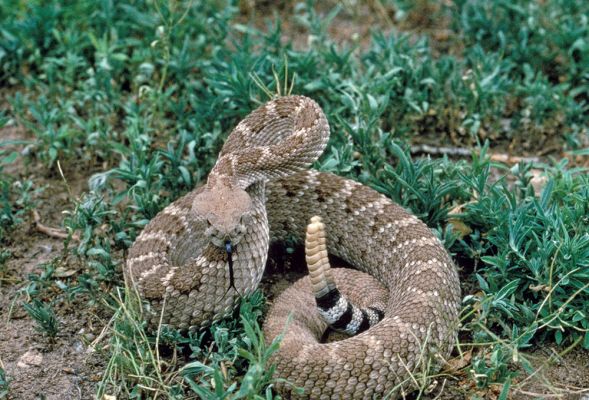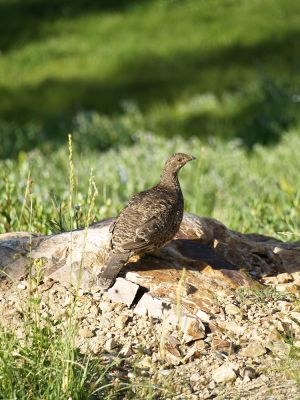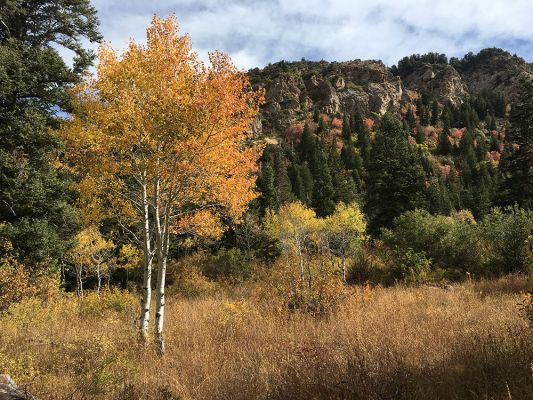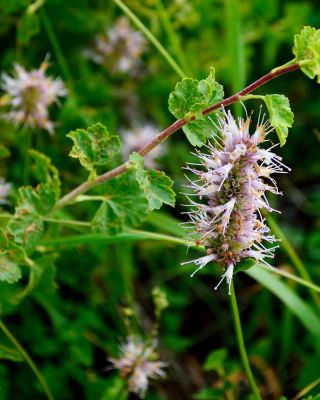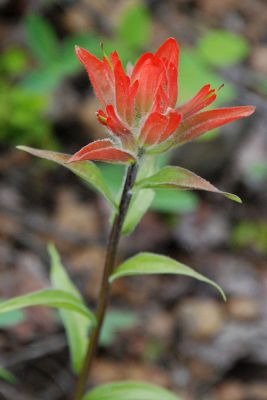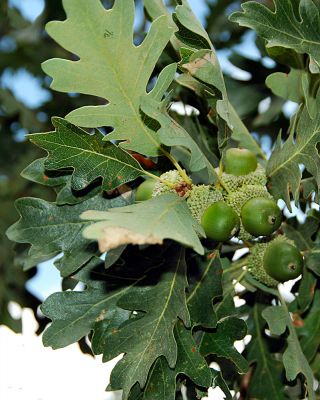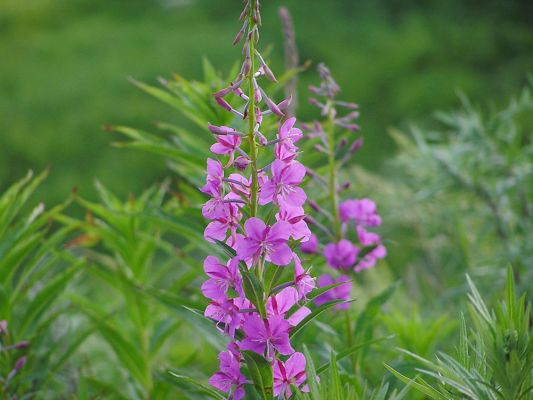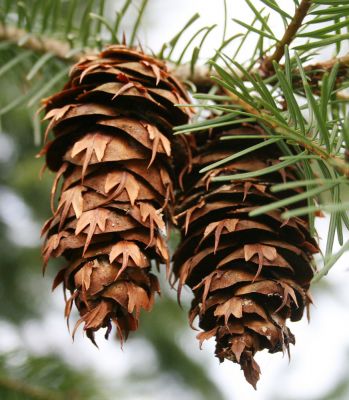Twin Peaks is home to a wide variety of flora and fauna. Animals that live in this area rely on a pristine environment that has little impact from humans. While much of their home in the Wasatch has been developed, Twin Peaks Wilderness remains an unspoiled area to the plants and animals that live there.
Animals
Mammals:
- Moose (Alces alces)
- Gray Fox (Urocyon cinereoargenteus)
- Red Fox (Vulpes vulpes)
- American Black Bear (Ursus americanus)
- Coyote (Canis latrans)
- American Pika (Ochotona princeps)
- American Mink (Neovison vison)
- Snowshoe Hare (Lepus americanus)
- Short-tailed Weasel (Mustela erminea)
- Long-tailed Weasel (Mustela frenata)
- North American Porcupine (Erethizon dorsatum)
- Bobcat (Lynx rufus)
- Rock Squirrel (Otospermophilus variegatus)
- Red squirrel (Tamiasciurus hudsonicus)
- Yellow-bellied Marmot (Marmota flaviventris)
- Striped Skunk (Mephitis mephitis)
- Elk (Cervus canadensis)
Fish:
- Rainbow Trout (Oncorhynchus mykiss)
- Brown Trout (Salmo trutta)
- Brook Trout (Salvelinus fontinalis)
- Cutthroat Trout (Oncorhynchus clarkii)
- Arctic Grayling (Thymallus arcticus)
Amphibians:
- Boreal Toad (Bufo boreas boreas)
- Tiger Salamander (Ambystoma tigrinum)
- Chorus Frog (Pseudacris)
- Columbia Spotted Frog (Rana luteiventris)
Reptiles:
- Western Rattlesnake (Crotalus atrox)
- Western Terrestrial Garter Snake (Thamnophis elegans)
- Northern Rubber Boa (Charina bottae)
Birds:
- Dusky Grouse (Dendragapus obscurus)
- Ruffed Grouse (Bonasa umbellus)
- Calliope Hummingbird (Selasphorus calliope)
- Black-chinned Hummingbird (Archilochus alexandri)
- Broad-tailed Hummingbird (Selasphorus platycercus)
- White Throated Swift (Aeronautes saxatalis)
- Red-naped Sapsucker (Sphyrapicus nuchalis)
- Hammond’s Flycatcher (Empidonax hammondii)
- Olive-sided Flycatcher (Contopus cooperi)
- Cordilleran Flycatcher (Empidonax occidentalis)
- American Three-toed Woodpecker (Picoides dorsalis)
- Northern Saw-whet Owl (Aegolius acadicus)
- Northern Pygmy-Owl (Glaucidium californicum)
- Flammulated Owl (Psiloscops flammeolus)
- Steller’s Jay (Cyanocitta stelleri)
- Clark’s Nutcracker (Nucifraga columbiana)
- Mountain Chickadee (Poecile gambeli)
- American Dipper (Cinclus mexicanus)
- Red-breasted Nuthatch (Sitta canadensis)
- Brown Creeper (Certhia americana)
- Hermit Thrush (Catharus guttatus)
- Macgillivray’s Warbler (Geothlypis tolmiei)
- Cassin’s Finch (Haemorhous cassinii)
- Yellow-rumped Warbler (Setophaga coronata)
- American Robin (Turdus migratorius)
- Dark-eyed Junco (Junco hyemalis)
Insects:
- Western Tiger Swallowtail (Papilio rutulus)
- Two-tailed Swallowtail (Papilio multicaudata)
- Mourning Cloak (Nymphalis antiopa)
- Western Tent Caterpillar (Malacosoma californica)
- Blue Copper (Lycaena hteronea)
- Lupine Blue (Icaricia lupini)
- Great Spangled Fritillary (Speyeria cybele)
- Mormon Fritillary (Speyeria mormonia)
- Weidemeyer’s Admiral (Limenitis weidemeyerii)
- European Paper Wasp (Polistes dominula)
- High-country Lady Beetle (Coccinella alta)
- Ornate Checkered Beetle (Trichodes ornatus)
- Common Pill Woodlouse (Armadillidium vulgare)
- California Tortoiseshell (Nymphalis californica)
- Coral Hairstreak (Satyrium titus)
Plants
Twin Peaks is home to a few invasive species. Invasive species are is a species that is not native to a specific area and usually spread throughout an area causing harm to the environment. Invasive plants in this area are: Trees:
Plants:
This is not a complete listing of the plants and animals of this area. To learn about more plant and animal species in the Central Wasatch follow the links below.
- Wildflowers of The Cottonwood Canyons by the Cottonwood Canyons Foundation is a great resource to use to learn about native, non-native and invasive species of flowers
- Learn about additional vegetation
- Learn more about the animals that live in this area
- Learn about invasive species in Utah
- Learn more about the trees in this area
- Learn about wildflowers

